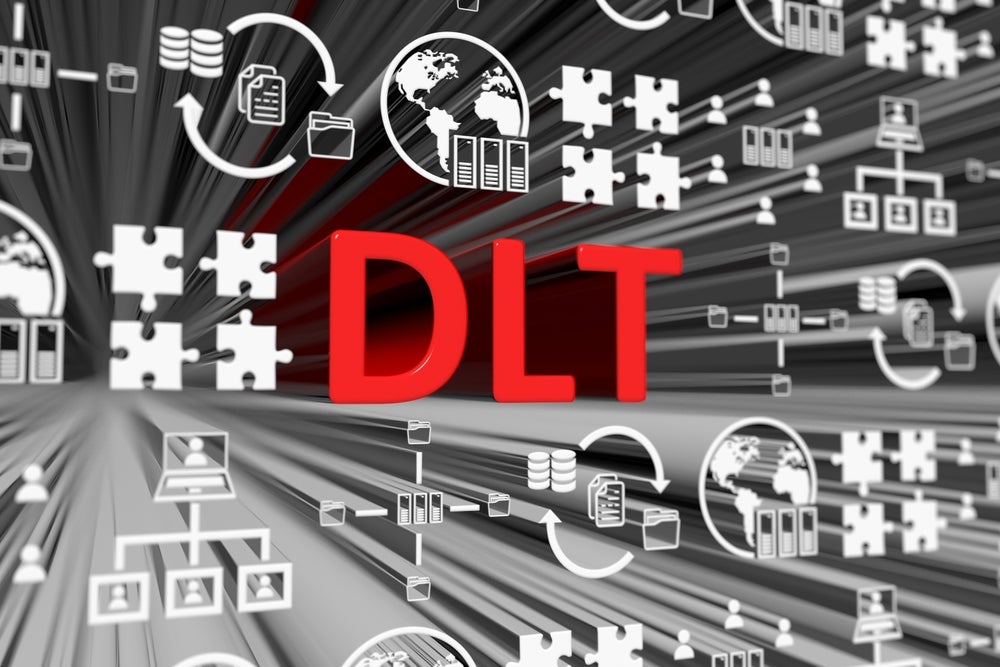ANZ Group has filed a patent for a method of generating an artificial intelligence model to determine the probability of rainfall. The method involves using a decision tree ensemble learning process on a dataset, partitioning the data based on split criteria, and calculating a measure of directionality. The generated model can then be used to process a second dataset and determine the probability of rainfall. The first dataset used in the method includes data received from sensors, including temperature data. GlobalData’s report on ANZ Group gives a 360-degree view of the company including its patenting strategy. Buy the report here.
According to GlobalData’s company profile on ANZ Group, AI-assisted security risk prediction was a key innovation area identified from patents. ANZ Group's grant share as of September 2023 was 21%. Grant share is based on the ratio of number of grants to total number of patents.
Method for generating ai model to determine rainfall probability
A recently filed patent (Publication Number: US20230267379A1) describes a method for generating an artificial intelligence (AI) model using a decision tree ensemble learning process on a dataset. The method involves receiving a dataset with multiple variables, determining split criteria for each variable, partitioning the dataset based on the split criteria, and calculating a measure of directionality for each partition.
The method also includes a constrained node selection process, where a candidate variable and split criteria are selected to maintain consistent directionality based on existing nodes. A directionality table is updated at the end of each constrained node selection, and the process is repeated until an ensemble model is generated.
The patent further describes the constrained node selection process, which involves generating groups of split criteria for each variable, copying the dataset for each combination, partitioning the copied datasets, and calculating measures of homogeneity and directionality for each candidate table. The candidate tables that pass the directionality criterion are stored, and the one with the optimal measure of homogeneity is selected. The partitioned data from the selected table is used for selecting decision nodes or leaf nodes branching from the selected node.
The method also includes updating a directionality table with information about the selected candidate variable and split value. Additionally, the directionality table can be updated with cumulative weighted information gain calculation for the associated variable. The patent mentions that the method can be applied to random forest or gradient boosted trees learning methods.
The dataset used in the method can include continuous and categorical variables. For continuous variables, one or more split values can be assigned to candidate tables, while for categorical variables, two or more categories can be assigned. The measure of homogeneity can be entropy or Gini.
At the end of the learning process, the user can be presented with weighted information gain and directionality information for each variable used in the ensemble, sorted based on weighted information gain. The weighted information gain is calculated per leaf node, considering the dependent decision nodes. The patent also describes a conflict resolution criteria for selecting candidate decision nodes with conflicting directionality.
The patent also includes claims for systems that implement the described method. These systems include a processor and memory storing program code for executing the method steps.
In summary, the patent describes a method and system for generating an AI model using a decision tree ensemble learning process on a dataset. The method involves partitioning the dataset, selecting candidate variables and split criteria, updating a directionality table, and repeating the process until an ensemble model is generated. The system includes a processor and memory for executing the method steps.
To know more about GlobalData’s detailed insights on ANZ Group, buy the report here.
Data Insights
From

The gold standard of business intelligence.
Blending expert knowledge with cutting-edge technology, GlobalData’s unrivalled proprietary data will enable you to decode what’s happening in your market. You can make better informed decisions and gain a future-proof advantage over your competitors.







